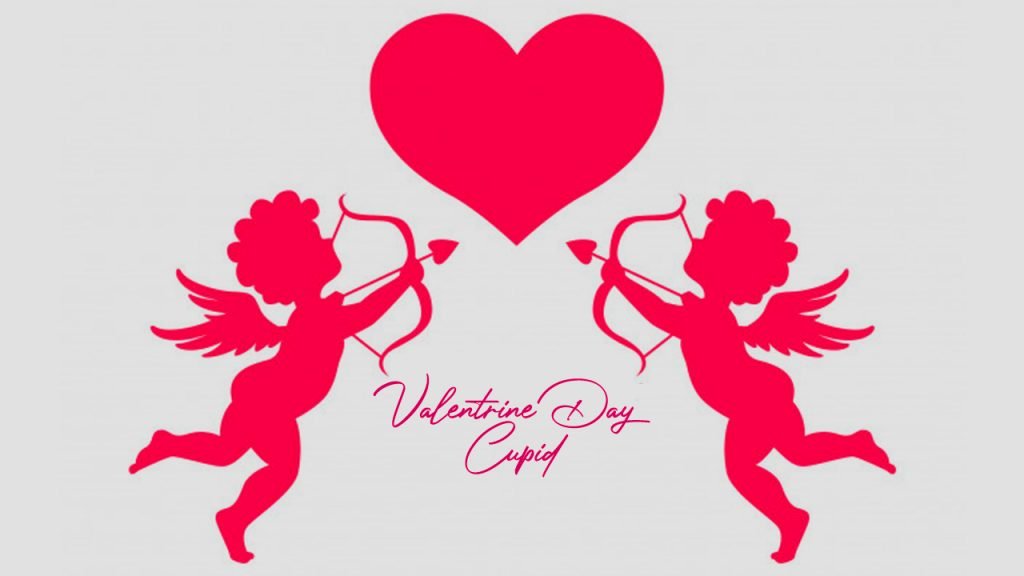Cupid is permanently connected to Valentine’s Day, but just how much can you understand about this chubby small mythical matchmaker? As Valentine’s Day approaches, there is 1 figure you are probably going to see anywhere you look. We are referring to that winged warrior of love, Cupid, needless to say. Equipped with his trusty bow and arrows, then he zips across the clouds, keen to make love relations where he goes. But how much can you know about this liaison of love?

Cupid’s Creation
Now, Cupid is regarded as one of the most iconic symbols of romance and love, but his journey to becoming the poster boy for Valentine’s Day proved to be a very long one, with a few twists on the way. His amorous roots go far back to some time before his title was Cupid–to ancient Greece when he was known as Eros, the god of love. Since History.com clarifies, in 1 story, Cupid resulted in the god Apollo to fall in love with the nymph Daphne…then made sure that the love was unrequited. Quite simply, love turned hazardous.
This dark series could be traced back into Cupid’s mother. In some versions of the legend, Aphrodite became envious of the individual girl (called Psyche) which Eros had fallen in love with and duped Eros in to placing a spell upon the girl. Unsurprisingly, the narrative does not have a happy ending.
“Occasionally Eros is represented by a feminine figure with wings; that is Psyche,” states Catherine Connors, PhD, a professor at the Department of Classics in the University of Washington. “This Greek term for’soul’ is also the word for’blossom,’ therefore we understand they thought of their spirit as a winged being. Pictures of Eros and Psyche in love are a means of expressing the concept that being in love inspires us as individuals.”
Cupid is not the sole element of the lovey-dovey holiday having an unexpected source. That is the amazingly dark background of Valentine’s Day that you never understood.
The way Cupid evolved
While Eros was originally represented as a”handsome” and”irresistible” immortal, in the Hellenistic period he chose the kind of the chubby kid we all know and love now. So, how did this occur? “It was likely ideas about love becoming capricious which are supporting the representation of Eros with wings, which return to early times,” says Connors. “Representing Eros as a young child, and weak to his mom, is a means of integrating or restricting the energy that love was presumed to have us over.”
This transformation occurred across the 4th century BCE. Timing farther clarifies,”People were intimidated by the sexually strong, controlling guy, who would strike people into enjoying the other.” But when he had been viewed as behaving”just on his mother’s wishes,” he suddenly was not that strong any longer. Listed below are 49 quotations that perfectly capture what it is like to fall in love.
The cherub appears
After he had been adopted by Roman civilization, Eros was renamed Cupid, which stems from the word for”desire” From the arrangement of Roman gods as well as their family tree, Cupid’s mum was currently Venus, the Roman character of Aphrodite. While his name might have changed, the Romans maintained Cupid’s latest Greek incarnation of him because the less-threatening, chubby-cheeked kid.
However, they did not underestimate his ability. “When Eros or Cupid is considered as young, the energy of love remains ferocious,” says Connors. “The Roman poet Ovid in his Metamorphoses informs of Cupid having arrows–golden ones which cause people to fall in love and direct ones which cause individuals to reject love” Get in the Valentine’s Day soul with those heartwarming tales of first love.
Cupid in exposition throughout the ages
Even though Cupid is now frequently related to greeting cards, he was when the star (or the costar) in more, more serious composed functions. “The extended literary representation of Cupid is at a publication written in Latin approximately 160 CE from Apuleius, who was from North Africa,” says Connors. “A character in the book tells the story of Psyche’s coming at Cupid’s mysterious and lavish house, where she’s waited by invisible servants. She does not see him throughout the afternoon, however, they sleep together at night before, overcome with curiosity, Psyche utilizes a lamp to check at him and spills oil. She moves through many trials till they could be married.”
Cupid’s mythical soap opera inspired another literary function that functions as the origin of a popular contemporary classic. “Cupid and Psyche were a part of their inspiration for the story of Beauty and the Beast, composed in 1740 by Gabrielle-Suzanne de Villeneuve,” says Connors. “In my opinion, it follows that the dance teapot and candlestick which you recall in Disney’s Beauty and the Beast goes all of the way back to Cupid’s invisible servants in Apuleius’ book”
Cupid turns into the mascot of Valentine’s Day
For centuries, Valentine’s Day was considered a celebration of love, and Cupid probably seemed to be a natural match to symbolize the vacation season. “The poet Chaucer, at a poem about critters, partners Valentine’s Day with love and might be drawing earlier folk customs,” says Connors. “Visually, the long artistic tradition of depicting Eros/Cupid together with his mother, the goddess of love, was accessible when Valentine’s cards started to be printed in the mid–19th century”
Despite his vibrant and complex beyond, hopeless romantics anywhere enjoy the idea of a mischievous yet well-intentioned tyke (one that currently uses his power for good rather than evil) floating about and fitting those that are destined to become soulmates. To your very own mischievous take on the vacation, purchase these 19 humorous Valentine’s Day cards for that special somebody in your own life.